Kelaniya Raja Maha Vihara Colombo Is A Mural Paradise
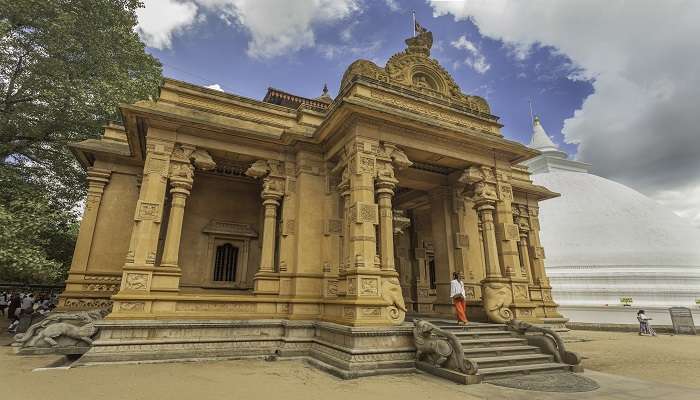
The Kelaniya Raja Maha Vihara Colombo, commonly known as the Kelaniya Temple, is a famous Buddhist temple in Kelaniya, Sri Lanka. It is situated around 9.3 km northeast of Colombo. Built on the banks of the river Kelaniya, it is well-known for its sculptor’s art. It has frequently been linked with the rise and fall of the island nation; there is a popular expression that with the increase of the Kelaniya Temple, Sri Lanka rose, and with its fall, the government, along with its administration, fell. Therefore, this temple has a profound association that runs deep with the country’s political forces. The Kelaniya temple is thus often visited by political leaders from the ruling and opposition parties.
History Of Kelaniya Raja Maha Vihara In Colombo
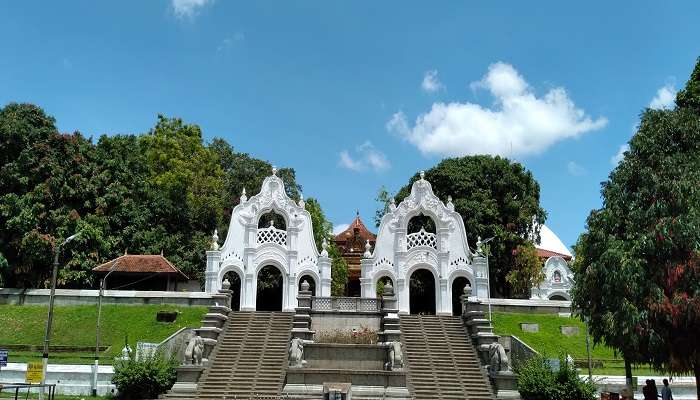
The Kelaniya Raja Maha Vihara is an archaeological monument whose establishment dates back to 500 BCE. Considered as one of the most sacred sites in Colombo, Buddhists revere this temple as being made holy during the third and last visit of Lord Buddha to Sri Lanka, eight years after attaining enlightenment. According to the Mahawamsa, the initial Stupa at Kelaniya Raja Maha Vihara consecrated a gem-studded throne on which Buddha is said to have sat and sermoned. This Stupa is 90ft in height and is built in the shape of a rice grain heap, natively known as “Dhanyakara”.
There is a story behind the gem-studded throne, which is quite interesting. On the Buddha’s second visit to Sri Lanka, in the fifth year of gaining enlightenment, to resolve a conflict between two Naga Kings, Mahodara and Chulodara, over the ownership of a Gem Studded throne. After listening to the Dhamma preachings by Buddha, both the kings paid tribute to Lord Buddha with the utmost faith and offered him the throne as a token of gratitude, but he returned it to the kings. Along with 500 Arahats (Highly enlightened beings), Buddha is said to have sat on this throne and preached. The throne was later enshrined within the Rajayathana Stupa by King Maniakkika, the monarch of Kelaniya.
Must Read: Colombo Dutch Museum
Structure Of The temple
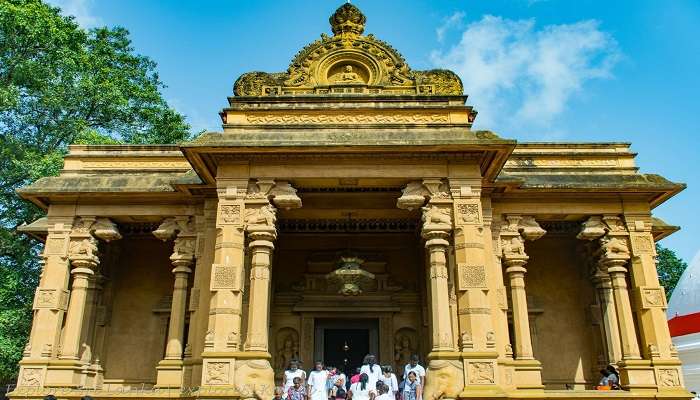
Many invaders destroyed the ancient temple, but it has been rebuilt each time. Initially constructed during the Kotte Empire, the Portuguese destroyed the medieval temple in 1510, but its reconstruction by King Kirthi Sri Rajasingha in 1769 added more cultural and historical value. This sacred temple is spread over an area of 10 acres and is accessible via the park on the opposite side of Main Street.
It is divided into four major sections, namely,
- Raja Pilima Ge (King’s Image House)
- Ran Pilima Ge (Golden Buddha Image House)
- Aluth Vihara Ge (New Temple House)
- Oth Pilima Ge (Reclined Buddha Image House).
The new temple was built in 1946 under the patronage of philanthropist Mrs. Helena Wijewardene. The Aluth Vihara Ge, or the New Temple House, stands on a 3 feet high, 150 feet long, and 90 feet wide plinth. The roof is built octagonally in the Kandyan architectural style.
What Is Special In Kelaniya Raja Maha Vihara Colombo

Renowned as one of the sixteen sacred places (Solosmasthana) in Sri Lanka, Kelaniya Raja Maha Vihara consists of paintings that date back to the 17th and 20th centuries. Each of the four sections of the Temple contains various murals belonging to different eras, each of which has its unique importance.
1. Kandyan Era Murals

The Kotte Kingdom was the last empire that unified Ceylon under one rule. This portion of the Kelaniya Raja Maha Vihara includes frescoes and murals of artists from this period. They primarily represent the tales of Jataka Tales and the murals of kings and queens of the Kandyan Era. What makes the Kandyan Era murals exceptional is their style of murals and usage of raw materials. The artists mainly used naturally extracted colours from flowers, trees and vegetables. Moreover, the depiction of the Jataka tales conveys the morals preached by Buddha. It also depicts the struggles Buddha faced in his life against different social factors. This section will undoubtedly have your eyes fixated on it because of its perfect depictions, and it is a must-visit if you are visiting the Kelaniya Raja Maha Vihara.
Suggested Read: Most Beautiful Places In Sri Lanka
2. Modern Murals
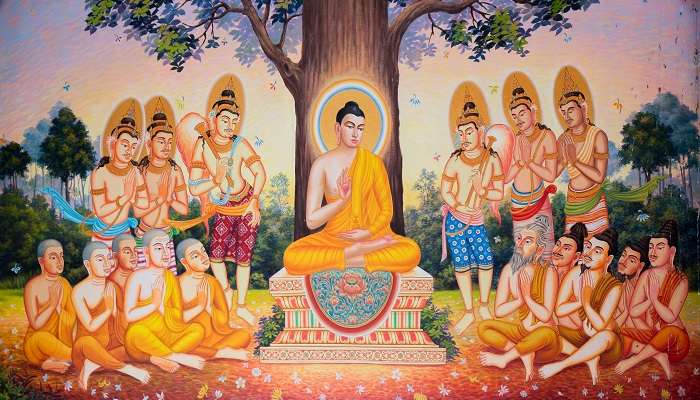
This section of the Kelaniya Raja Maha Vihara Temple meticulously depicts the various shifts that took place in Sri Lanka between 1927 and 1946. The paintings describe the flourishing of Buddhism and the central changes Sri Lanka underwent.
These murals illustrate the Buddhist Tripitaka, the consecration of monks, and other vital events in Sri Lanka’s history. This part of the Temple gained fame as it contains commentaries from various scholars on different doctrines and origins. The attractive and straightforward depictions have further attracted tourists. Hence, even if Buddhism is not a strong suit, these murals will help you explore the religion and imbibe a sense of interest in your historical mind.
3. Modern Paintings On Ceilings
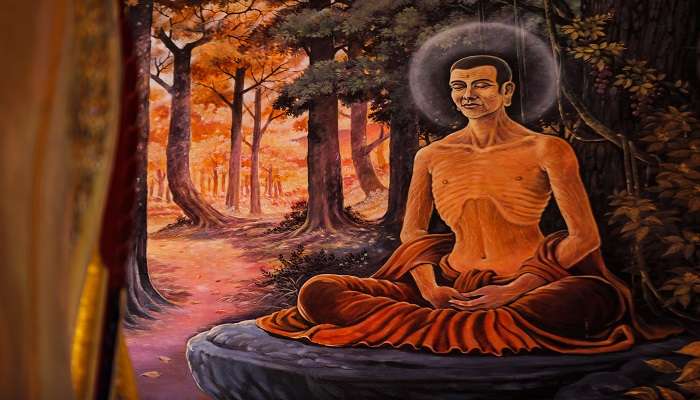
In most Buddhist temples, you will find various murals on the ceilings. This is a sporadic feature present in almost all Buddhist temples4. These ceilings display stunning decorations of the nine planets revolving around the sun and the twelve zodiac signs. The zodiac signs are painted based on their positioning with the moon and their importance concerning a planet’s position. This incredible art on the ceilings by the native artist Solias Mendis is a treat to the eyes because of his detailed craftsmanship. Additionally, it is also a source of knowledge as to how dates were calculated based on the position of the planets with the moon in ancient times.
These murals on three of the four sections of the Kelaniya Temple depict the importance of Lord Buddha’s preachings and Buddhism in their own exceptional way.
Suggested Read: Marino Beach Colombo
4. The Reclined Buddha Statue
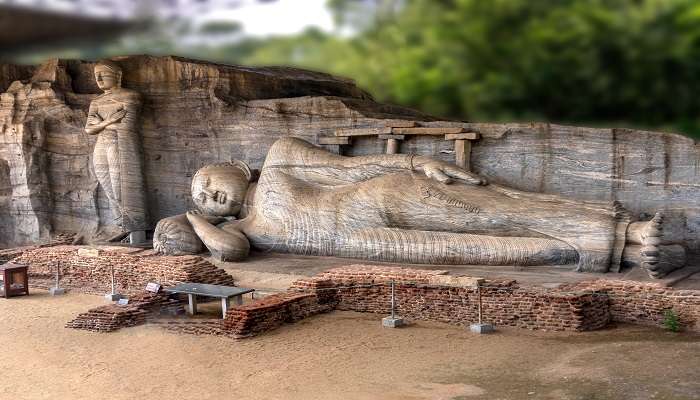
In the Oldest part of the temple, the Oth Pilima Ge, there is a Reclining Statue of Buddha, which is a major tourist attraction. This part of the temple also has two seated Buddha statues which draw a lot of attraction from tourists. Apart from flourishing as an important tourist spot, the ceiling murals in the Kelaniya Raja Maha Vihara Temple have also gained considerable acclaim as part of academic research on the various empires of Sri Lanka. The Ran Pilima Ge also houses another Buddha statue, and this Buddha statue is also seated.
5. Duruthu Perahera
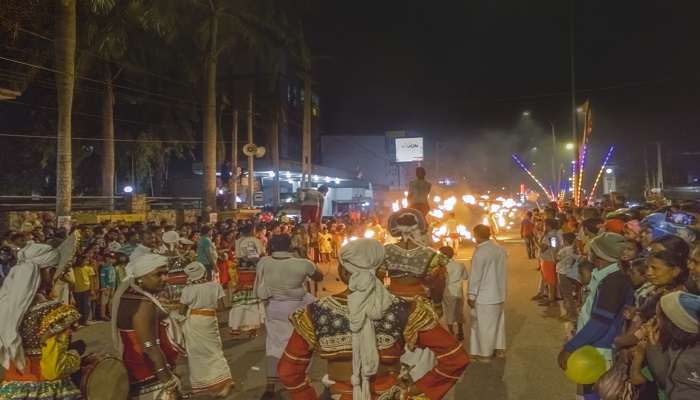
The “Duruthu Perahera” is a culturally glorious procession celebrated on the first full moon day in January that marks Buddha’s first visit to Sri Lanka. The Kelaniya Raja Maha Vihara temple is the starting point of this procession. Every year, hundreds and thousands of locals and foreigners make it a point to gather in Kelaniya to witness the magnificent procession that features torch and flag bearers, whip crackers, dancers, caparisoned elephants, drummers and other participants. The Duruthu Perahera attracts hundreds of thousands of people across all provinces of Sri Lanka, and millions of foreign tourists trek their way to the temple area to celebrate this spectacular event.
Suggested Read: Galle Face Green
Kelaniya Raja Maha Vihara Entrance Fee And Rules

There are a few natively accepted norms about dress codes while visiting sacred places. You should dress modestly and ensure your shoulders and knees are not exposed. This rule is not gender specific; it applies to everyone who wishes to visit the Temple. You can also buy or rent a sarong wrap or shawl at the entrance at a cost. Since the Temple is a sacred place, it has a strict no-shoe policy.
There is no entry fee to the Temple. You can walk in at any time of the day, free of cost. It is open 24 hours.
Further Read: Dambulla Cave Temple
Now that you know all the necessary information, maximum fun is guaranteed on your trip to Sri Lanka! Explore this religious destination, the Kelaniya Raja Maha Vihara Colombo, and fill your heart with the Buddhist way of life. Hurry up and book your tickets as soon as possible!
For our editorial codes of conduct and copyright disclaimer, please click here.
Cover Image Source: Shutterstock
Frequently Asked Questions About Kelaniya Raja Maha Vihara Colombo
Why is the Kelaniya Raja Maha Vihara important?
The Kelaniya Raja Maha Vihara is a sacred pilgrimage site for Buddhists because it is believed that Buddha visited this Temple.
What was the purpose of Buddha’s visit to the Kelaniya Raja Maha Vihara Temple?
Lord Buddha arrived to reconcile a dispute between the “Naga” kings, Mahodara and Chulodara, over a gem-studded throne.
What shape is the Kelaniya Raja Maha Vihara built in?
The Stupa is shaped like a heap of rice grains called “Dhanyakara” locally.
Which King invited Buddha to Kelaniya?
The Naga King Maniakkika invited Lord Buddha to Kelaniya.
Which artist painted the Kelaniya Temple?
Solias Mendis painted the Kelaniya Temple.
People Also Read:
Temples In Sri Lanka Bentota Snorkeling Lankarama In Sri Lanka
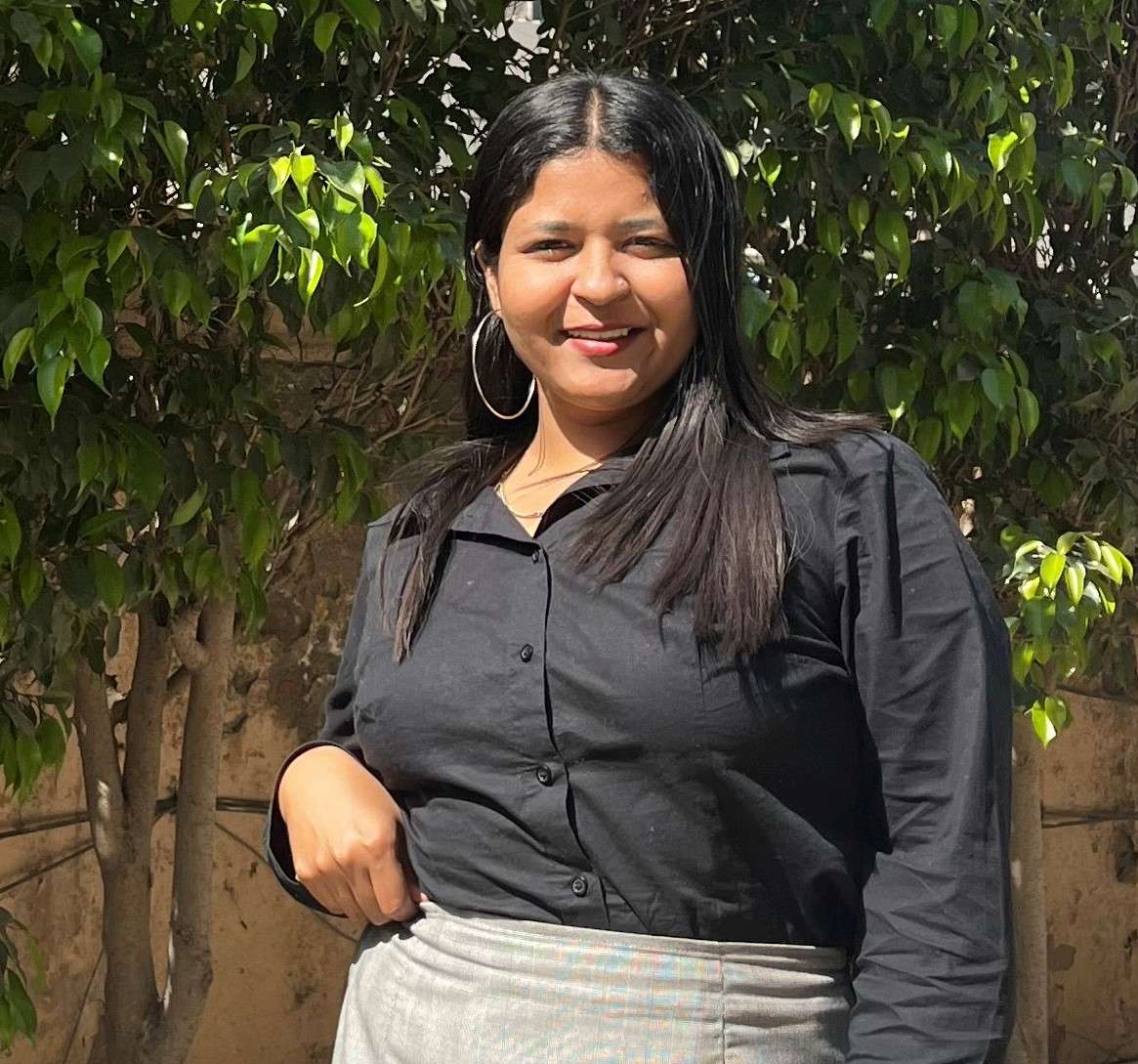
Embrace the essence of surreal places around the world through perfect narratives with a touch of imagination. As a content writer, I weave my ideas and words together to create a vivid picture of alluring destinations. Embark on limitless adventures as you read thrilling travel stories.











